Active Shooter – What Does Run, Hide or Fight Mean?
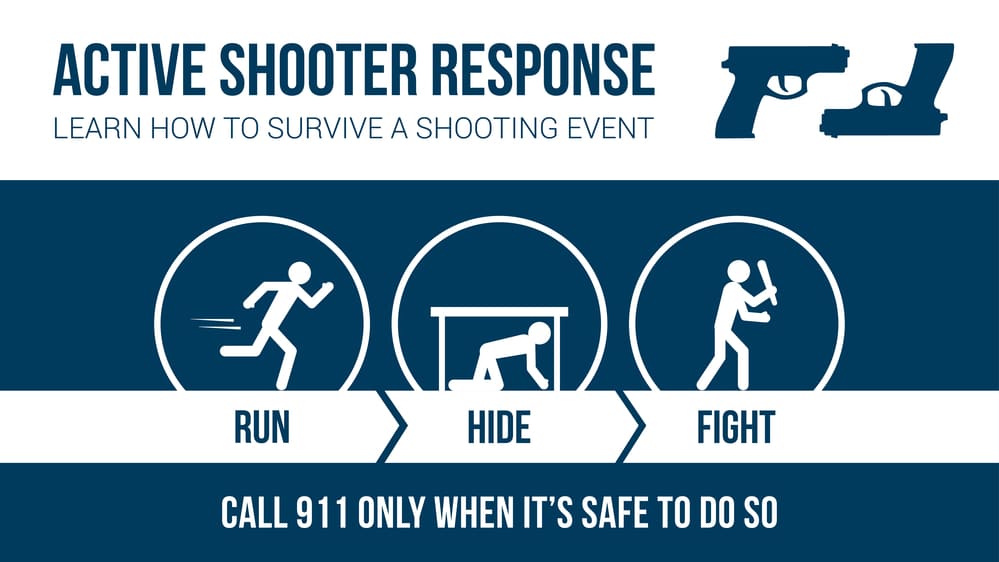
Mass killings are a rising threat in America, and despite the best efforts of first responders, roughly two-thirds of active shooter incidents conclude before the police arrive. As a result, many are preparing for the unthinkable by training themselves and their teams on how to respond.
Advocates of the protocol: “Run, Hide, Fight,” including the Department of Homeland Security, asserts that with this simple, three-tier process, individuals can be more prepared for incidents involving active shooters to preserve their own life better and potentially save lives.
This framework strategizes how to respond in active shooter situations. You should check out our full course if you want more in-depth active shooter training for businesses.
What is an Active Shooter?
The Federal Bureau of Investigation (FBI) and multiple official US government agencies, including the Department of Homeland Security, the Department of Justice, and the Department of Education, agree that an active shooter is anyone actively trying to take others’ lives in a populated, confined area.
An active shooter typically perpetrates mass murder with incidents marked by scale, rapidity, randomness, and frequent suicide.
The official text further describes active shooters as using firearms in most cases, with no marked pattern to their victim selection.
Moreover, these situations are highly unpredictable, evolve quickly, and usually conclude within 10-15 minutes, often before law enforcement arrives.
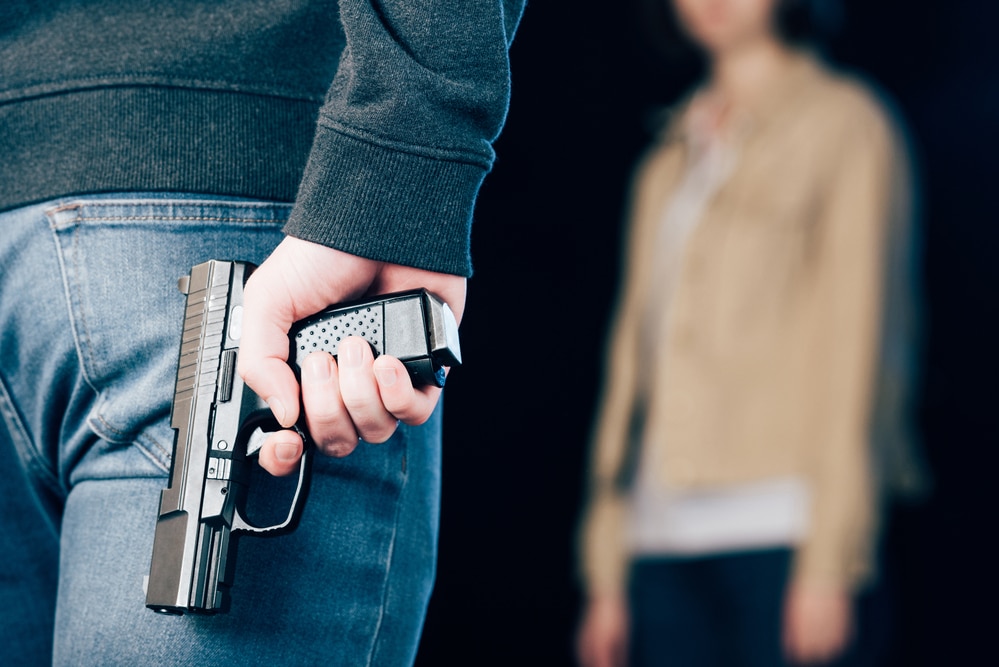
The Importance of Preparedness
Many are now training for active shooter preparedness and awareness to learn how to deal with such an ordeal’s intense demands, considering various active shooter scenarios.
In most cases, immediate deployment of law enforcement is necessary to intervene on the scene. However, when police or law enforcement arrive, most incidents are no longer in progress.
Run, Hide, Fight Active Shooter Protocol: In a Nutshell
Given the extreme stress level of these situations, there are many advantages to preparing multiple emergency strategies well in advance.
In an instant, victims of mass shootings are forced to decide the most reasonable way to respond during a highly traumatic incident.
If you see a gunman or hear shots fired, remember the following.
Option 1: Run
Students, customers, and employees in an active shooter’s presence may have seconds to flee.
In active shooter situations, one must immediately decide if their life can be saved by evacuating to safety.
Option 2: Hide
The next best option may be hiding, taking shelter outside shooter access and sight. Individuals may hide until they are no longer in imminent danger.
Always lock the door when hiding from an individual actively engaged in a shooting (or otherwise attempting to kill people).
Option 3: Fight
Finally, some people may have to fight for their life as a last resort.
The US Department of Homeland Security recommends following these basic protocols to protect your life in the presence of an active shooter.
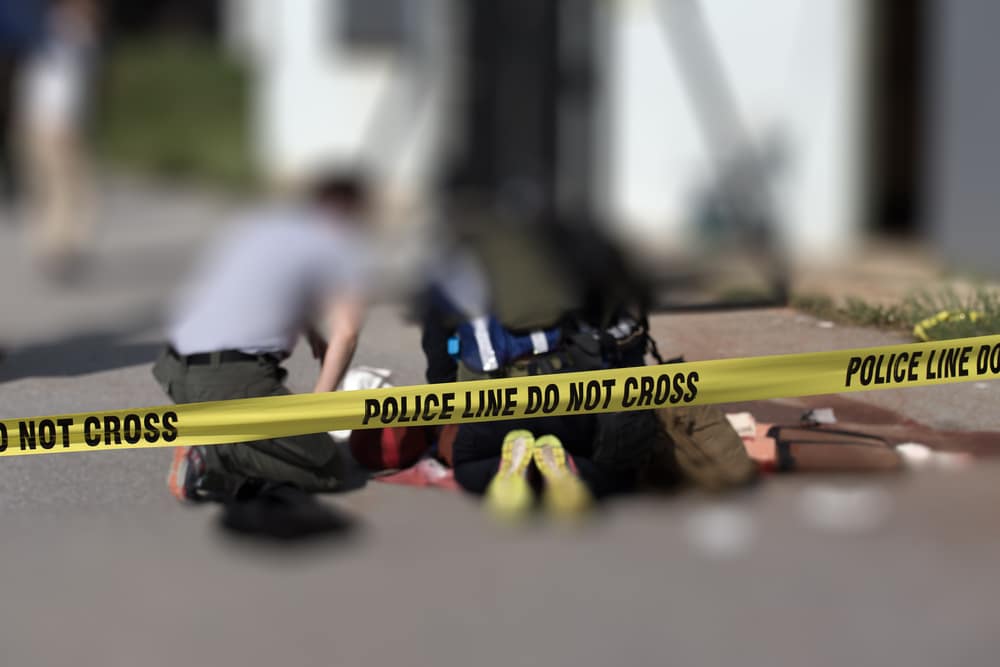
A Detailed Look: Run, Hide, Fight in an Active Shooter Event
Now that we’ve summarized the main points let’s examine the Run, Hide, Fight active shooter protocol more closely.
RUN: If Possible, Evacuate
Evacuate the building or area of imminent danger right away. Although this may seem like an immediate response, many who are faced with active shooter events initially freeze before considering fleeing to safety.
Think through the best escape routes and leave all your belongings behind. Help others escape if possible, but evacuate anyway if they won’t.
Don’t attempt to move anyone injured; try stopping others from entering the area. When you’ve reached safety, dial 911 – even if you think the incident was already reported.
If you exit a building, raise your hands and keep them visible. Cooperate with law enforcement arriving on the scene and listen for police instructions as you safely move away from the building.
Relay any details to first responders and law enforcement right away. The identity, location, and description of the attacker(s) and their weapons can prove instrumental in saving the lives of others during active shooter situations.
Tips for When to Run
Running will be the best plan when there is considerable distance between you and the individual actively engaged in the killing spree.
Again, if you can safely evacuate the building, quickly do so, along with anyone else who will.
Move away from the sound as fast as possible to mitigate harm and facilitate the greatest chance of survival.
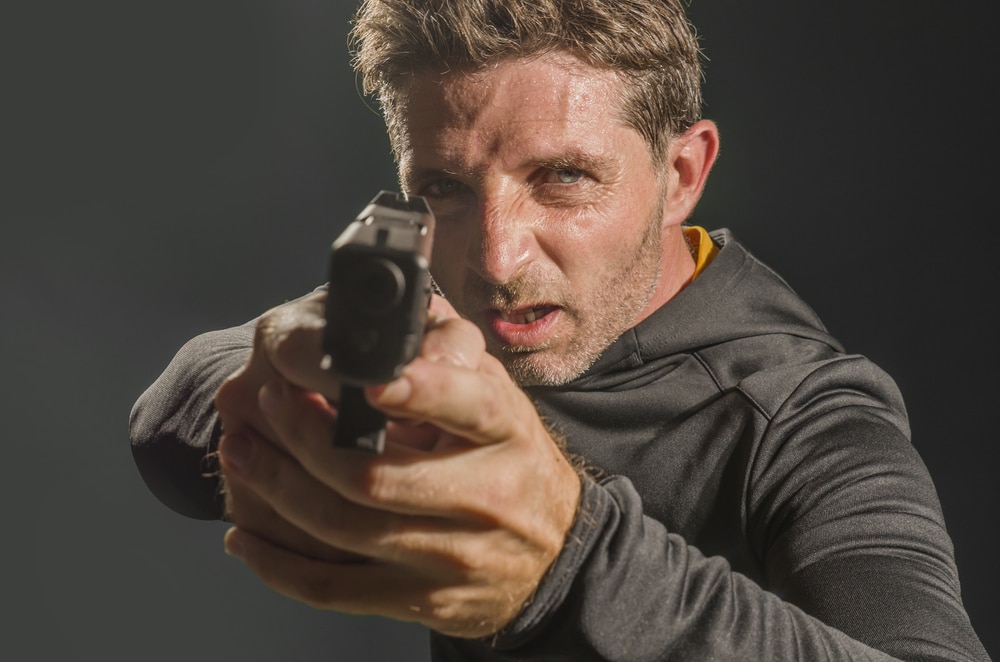
HIDE: Find the Safest Place and Stay Quiet
According to Run, Hide, Fight training endorsed by the Department of Homeland Security and FBI training video materials, victims and employees should attempt to hide if running is not an option.
Find a concealed hiding place where you can avoid harm.
Locate a hiding place that is out of sight, preferably with fewer windows, protected by thicker walls. Try not to trap yourself.
Individuals outside may hide behind a building, brick wall, or large tree.
Tips for How to Hide
If you hide in a room, lock the door and build a blockade against it. Close all windows and coverings, turn off all devices, and quiet any additional noise.
Call 911 if you can, but remain quiet if needed. The police can still determine the location of the active shooter.
FIGHT: Only As a Last Resort
When your life is in imminent danger during a killing spree, and you have no other choice, the third option is to fight back, acting aggressively toward the assailant.
Fighting the active shooter includes any effort to harm, attack, or otherwise incapacitate them.
Tips and Fight Tactics
If forced to fight, one might consider working together to improvise a weapon or weapons.
Other tactics can be to shout or throw items to disrupt them or protect yourself.
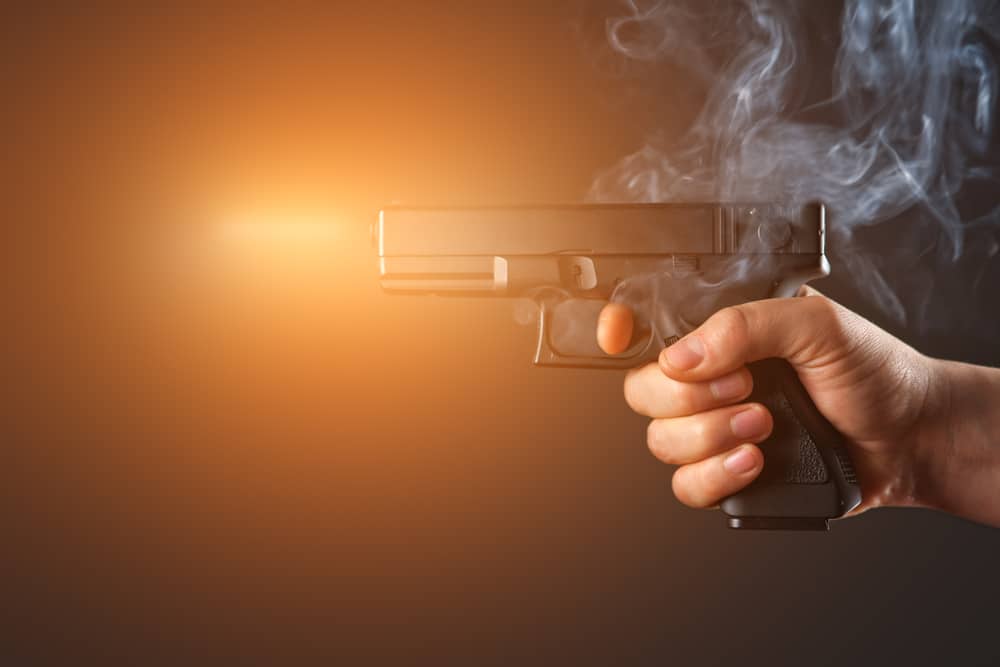
Active Shooter Preparedness: Before, During, and After
Once an active shooter rampage has begun, little time exists to act accordingly. Planning is key to improving the odds of survival in an active shooter scenario.
With seconds to recognize the threat and determine the best way to deal with it and get to safety, an emergency action response plan is the smartest way to protect businesses, employees, and customers.
Before Events with Active Shooters Occur
Preparedness makes all the difference. When practiced regularly, crisis response protocols for active shooter incidents have the power to save lives.
Create a Plan and Practice It
Always outline a detailed incident response plan that covers multiple potential scenarios. Having a plan will help victims to act calmly and avoid chaos.
Conduct regular drills for employees in various response plan procedures, including first aid training. Familiarize teams with escape routes in advance to save time.
Encourage Employees to Report Suspicious Behavior
Measures must be consistently taken to prevent a shooting from taking place.
Team members should know how to report unusual or concerning behavior. Immediately alert the human resources department of any violent tendencies observed.
During an Active Shooter Event
Run, Hide, Fight training will pay off most in the midst of an attack. Apply the skills learned through employee training and emergency response video courses.
Evacuate, if possible. If not, find a safe place to hide and call 911. Finally, if left with no alternative, fight the attacker.
How to Help Injured Victims of Active Shooters
First responders may not arrive immediately. In the meantime, administering basic first aid can be crucial.
Be aware of where the first aid kit is stored. Use the supplies available to apply pressure dressings or manufacture a tourniquet if necessary.
Always cooperate with first responders and law enforcement agencies when they arrive.
After an Active Shooter Event
Formal follow-up activities must be conducted once the shooting has stopped and the assailant is subdued.
Establish a rendezvous location and determine methods of notifying communities and family members. Incident survivors should be provided with health care and psychological support resources.
Applying Learned Lessons from an Active Shooter Situation
For effective future planning, analyze recent shooting events to understand better how to respond to similar situations.
Generate a report to assess the effectiveness of existing response plan procedures based on the event’s successes and shortcomings.
Fast Facts: Active Shooter Incident Statistics
In an active shooter situation, it’s not uncommon for law enforcement to arrive after the shooting is finished, as an active shooter attack tends to evolve quickly and end in under 15 minutes.
Mass shootings in the US increased by 165% between 2019 and 2021 alone; even in 2020, a year of pandemic-imposed isolation, 164 active shooter fatalities still occurred.
The FBI reports more than 80% of active shooter incidents occur in the workplace and stresses the importance of implementing formal preparedness training for employees and team members in case of a sudden shooting emergency.

Active Shooter Run, Hide, Fight Training Saves Lives
Run, Hide, Fight protocols were designed to prevent the loss of life in violent attacks and provide tools to improve the odds of survival in active shooter emergencies.
In active shooter situations, where an individual is attempting to kill potential victims by perpetrating a shooting in a confined and populated area, this basic protocol can be a vital resource.
Before police and law enforcement agencies arrive on the scene, Run, Hide, Fight may be a life-saving initiative for you and your employees.
Being prepared can make all the difference if you’re ever forced to deal with an active shooter event.
Train Employees to Respond to Active Shooter Incidents
Remember that some victims’ instinct may be to follow the guidance of teachers, employees, and managers during active shooter emergencies.
Assessing the best options will depend on the circumstances, so employees should be versed in multiple potential scenarios and response tactics.
Watch a simulation-based training video with your staff and obtain additional educational materials on how to respond in the event of an attack by an active shooter.